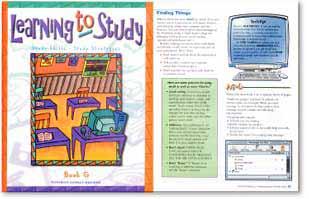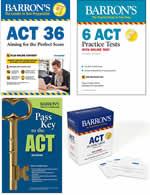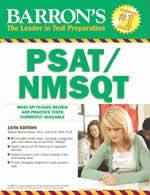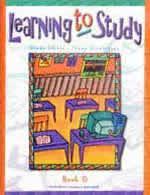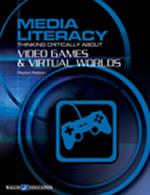Learning to Study
Interest Level:
Reading Level:
Gr. 3–8
Additional Components:
Student Worktexts and Teacher Guides
Introduce students to important study skills and strategies with these flexible, comprehensive and colorful Pupil Worktexts that cover six grade levels. Beginning with grades 3 and progressing through grade 8, each level builds on the preceding level, forming a powerful learning chain. The study skills and strategies in each Worktext are divided into categories that can be applied to most reading and study activities. Basic listening skills for each grade level are covered in both the Pupil...
Introduce students to important study skills and strategies with these flexible, comprehensive and colorful Pupil Worktexts that cover six grade levels. Beginning with grades 3 and progressing through grade 8, each level builds on the preceding level, forming a powerful learning chain.
The study skills and strategies in each Worktext are divided into categories that can be applied to most reading and study activities. Basic listening skills for each grade level are covered in both the Pupil Worktexts and Teacher’s Guides.
Features:
- At the lower levels, information on using textbooks is emphasized Students also learn to locate material in major informational sources.
- Students are taught organizational skills beginning with classifying, associating and sequencing.
- Retention skills are developed as students begin by learning to spell new words. Soon they learn a memory plan for memorizing important information.
- Students are taught how to prepare for tests and how to take specific types of tests, including vocabulary tests employing a variety of context clues, comprehension tests, proofreading tests and essay tests.
- Books D through H introduce and develop the SQR3R study strategy for study-reading complex textbook materials.
- Books E through H teach the SQRQCQ strategy for solving math word problems. Books G and H also include techniques for improving study habits, keeping track of homework assignments, scheduling time and preparing for classes.
Item #
Products
Price
Wishlist
Qty
Requested quantity is not available at this time
PF4854WB
Study Skills Book D (Grade 4)
$18.49
Requested quantity is not available at this time
PF4855WB
Study Skills Book D (Set of 10)
$175.00
Requested quantity is not available at this time
PF4856WB
Study Skills Book D Guide
$11.99
Requested quantity is not available at this time
PF4857WB
Study Skills Book E (Grade 5)
$18.49
Requested quantity is not available at this time
PF4858WB
Study Skills Book E (Set of 10)
$175.00
Requested quantity is not available at this time
PF4859WB
Study Skills Book E Guide
$11.99
Requested quantity is not available at this time
PF4860WB
Study Skills Book F (Grade 6)
$18.49
Requested quantity is not available at this time
PF4861WB
Study Skills Book F (Set of 10)
$175.00
Requested quantity is not available at this time
PF4862WB
Study Skills Book F Guide
$11.99
Requested quantity is not available at this time
PF4863WB
Study Skills Book G (Grade 7)
$18.49
Requested quantity is not available at this time
PF4864WB
Study Skills Book G (Set of 10)
$175.00
Requested quantity is not available at this time
PF4865WB
Study Skills Book G Guide
$11.99
Requested quantity is not available at this time
PF4866WB
Study Skills Book H (Grade 8)
$18.49
Requested quantity is not available at this time
PF4867WB
Study Skills Book H (Set of 10)
$175.00
Requested quantity is not available at this time
PF4868WB
Study Skills Book H Guide
$11.99
Only the first 5 items are displayed. Click here to
See all items
